A recent randomized controlled trial (RCT) published in BMC Musculoskeletal Disorders (Feb 2024, Vol 25 (1): 182; DOI 10.1186/s12891-024-07310-7) has provided new evidence supporting the use of compressive cryotherapy over standard cold therapy after total knee arthroplasty (TKA).
Conducted by Aude Quesnot et al., the study assessed how adding compression to traditional cryotherapy impacts pain, swelling, range of motion (ROM), and functional recovery in patients following knee replacement surgery.
🧪 Study Design
- Type: Randomized controlled trial
- Participants: 40 patients (20 in compressive cryotherapy group vs 20 in standard cryotherapy group)
- Median Age: 76 years (compressive group) vs 77 years (standard group)
- Duration: 21 days post-surgery
- Trial Registration: ClinicalTrials.gov NCT06037824
📊 Key Outcomes
Both groups showed improvement between Day 1 and Day 21 (p < 0.05).
However, the compressive cryotherapy group demonstrated significantly better outcomes across multiple metrics:
| Parameter | Outcome | p-value |
|---|---|---|
| Knee Effusion (Fluid Swelling) | Greater reduction in compressive group | 0.002 |
| Pain During Activity | Lower pain scores | 0.005 |
| 6-Minute Walk Test (6MWT) | Longer distance walked | 0.018 |
| KOOS (Knee Injury and Osteoarthritis Outcome Score) | Higher functional scores | 0.004 |
In addition, survival analysis revealed faster recovery milestones for patients using compressive cryotherapy:
- Passive flexion ROM: p = 0.011
- Active extension lag: p = 0.038
- Reduction in knee circumference: p = 0.013
💡 Study Conclusion
Compressive cryotherapy leads to faster and more significant improvements in knee mobility, pain reduction, and functional performance compared with standard cryotherapy during the first 21 days after total knee arthroplasty.
This evidence strengthens the growing clinical consensus that combining compression + cold delivers superior therapeutic results for post-operative knee rehabilitation.
🧊 What This Means for Modern Recovery Devices — The Value of XPOLAR X2
The findings of this RCT directly support the design philosophy behind the XPOLAR X2 Smart Knee System, which integrates precise temperature control, adaptive compression, and intelligent feedback loops to enhance recovery outcomes.
Here’s how XPOLAR X2 translates the research into real-world patient benefits:
| Clinical Need | Study Finding | XPOLAR X2 Solution |
|---|---|---|
| Swelling control | Compression significantly reduced knee effusion (p = 0.002) | Dynamic pressure algorithm actively adjusts compression levels to minimize post-operative swelling. |
| Pain relief | Lower pain scores during activity (p = 0.005) | Precise cold therapy cycles maintain optimal analgesic temperature without numbing risk. |
| Mobility & ROM | Faster recovery in flexion and extension (p = 0.011 / 0.038) | Combined cryocompression and smart timing protocol restore movement sooner. |
| Functional performance | Improved KOOS and 6MWT (p = 0.004 / 0.018) | Continuous use data tracking helps patients and clinicians monitor functional progress objectively. |
🚀 Summary
The 2024 BMC study provides strong, up-to-date clinical validation that compressive cryotherapy is more effective than standard cold therapy for knee replacement rehabilitation.
Devices like XPOLAR X2 embody this science—delivering medical-grade cold + compression with real-time control to help patients recover faster, move sooner, and feel better.
References:
- Randomized controlled trial of compressive cryotherapy versus standard cryotherapy after total knee arthroplasty: pain, swelling, range of motion and functional recovery
- The effect of cryotherapy on nerve conduction velocity, pain threshold and pain tolerance


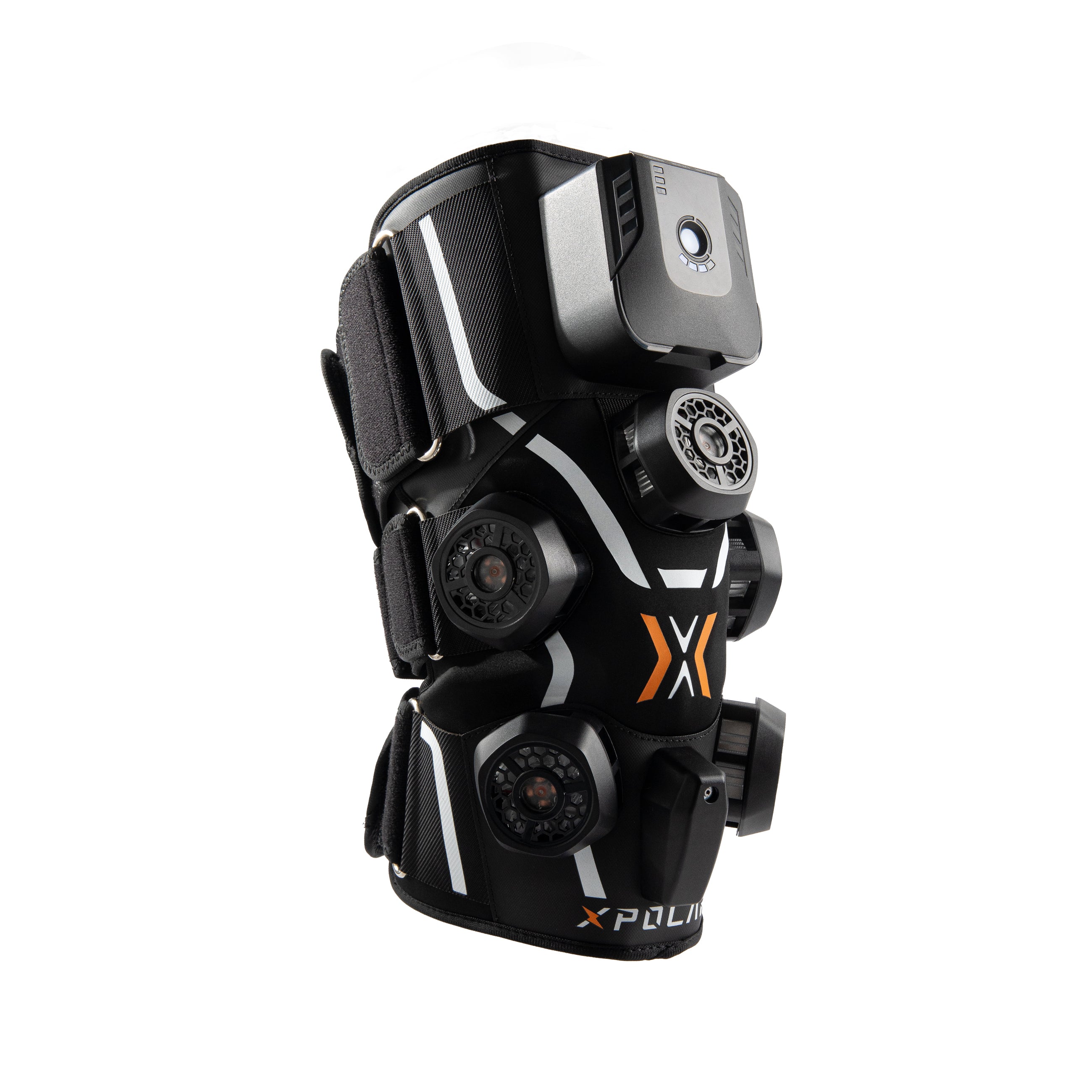
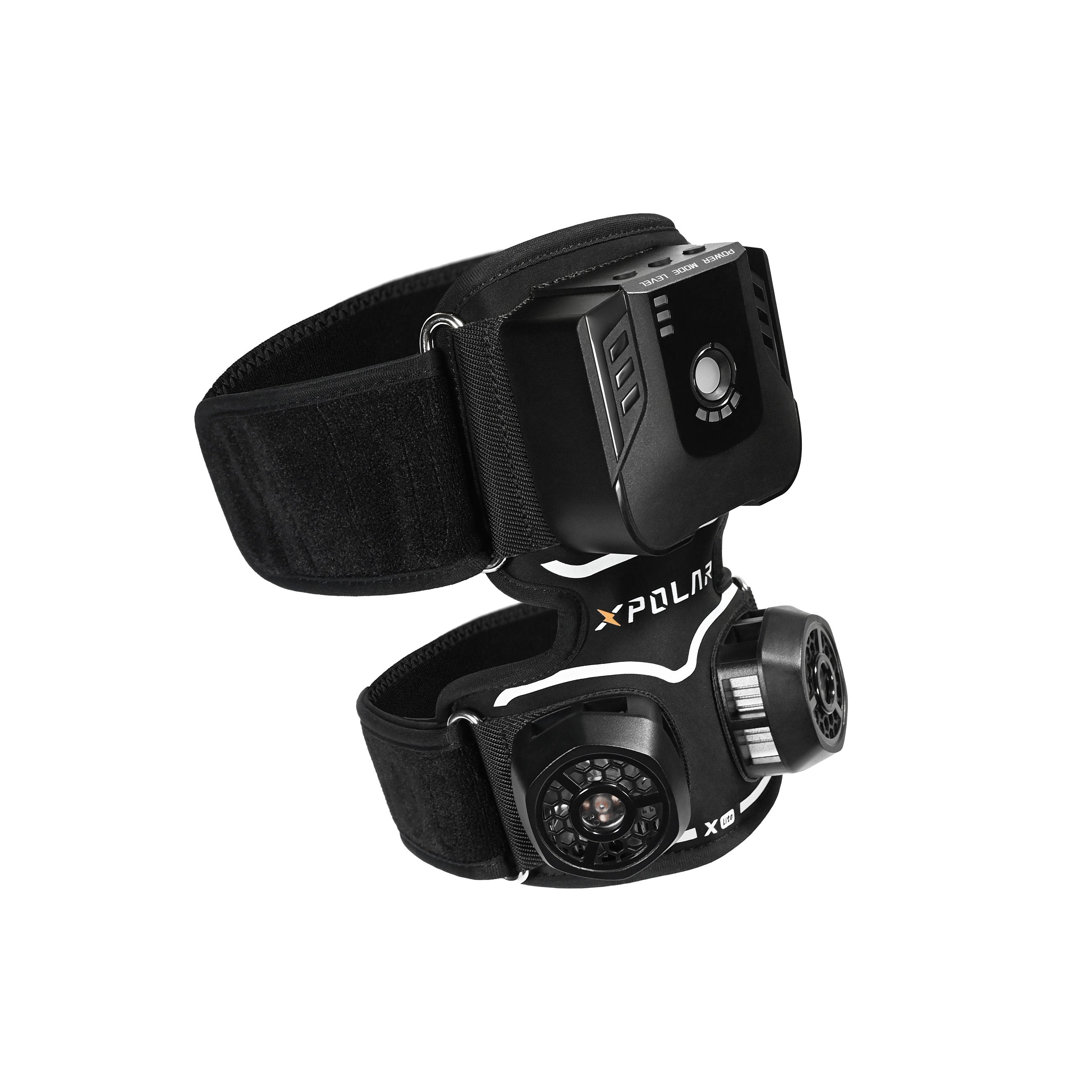
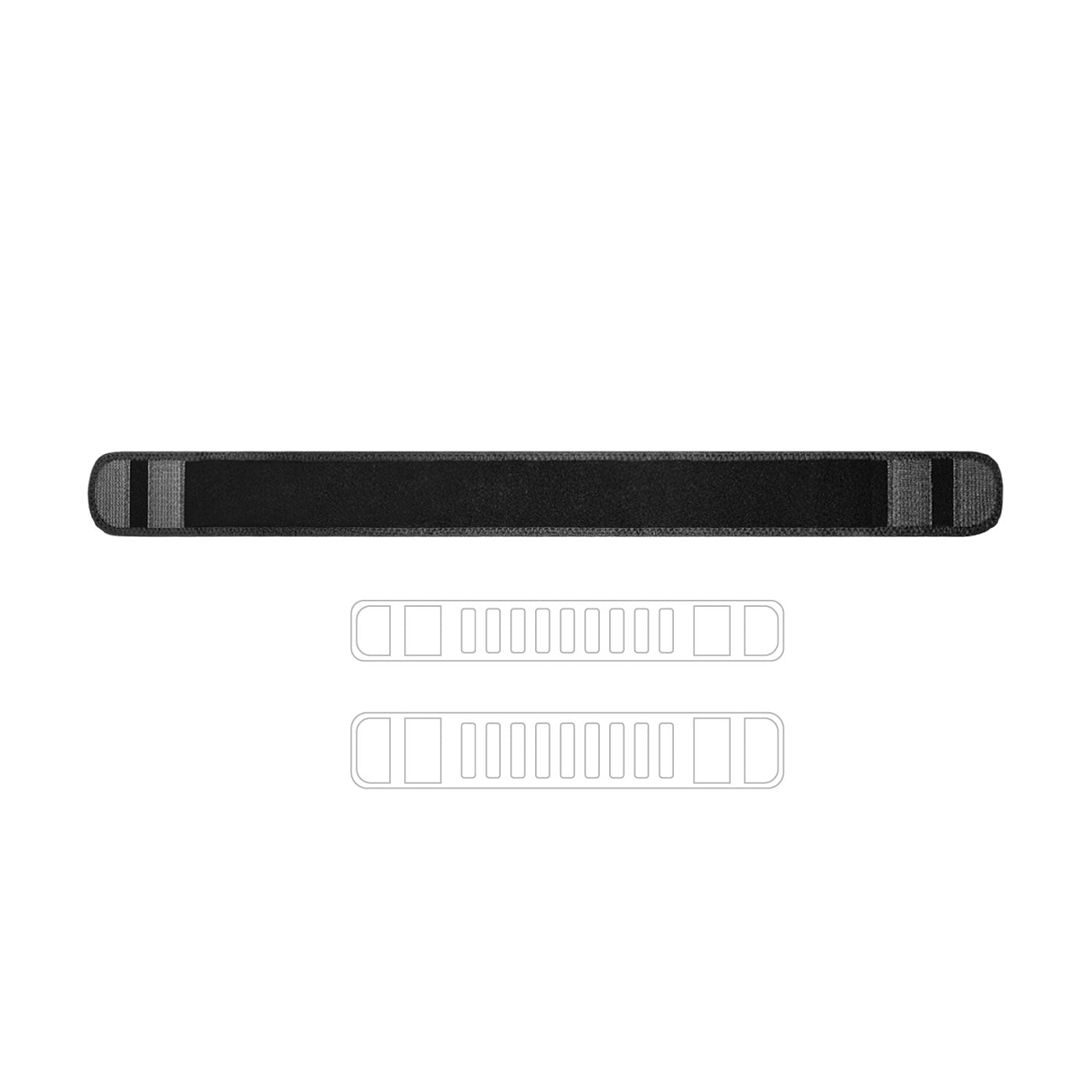
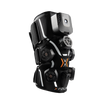
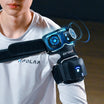
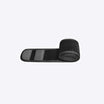
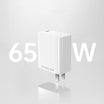


Leave a comment
This site is protected by hCaptcha and the hCaptcha Privacy Policy and Terms of Service apply.